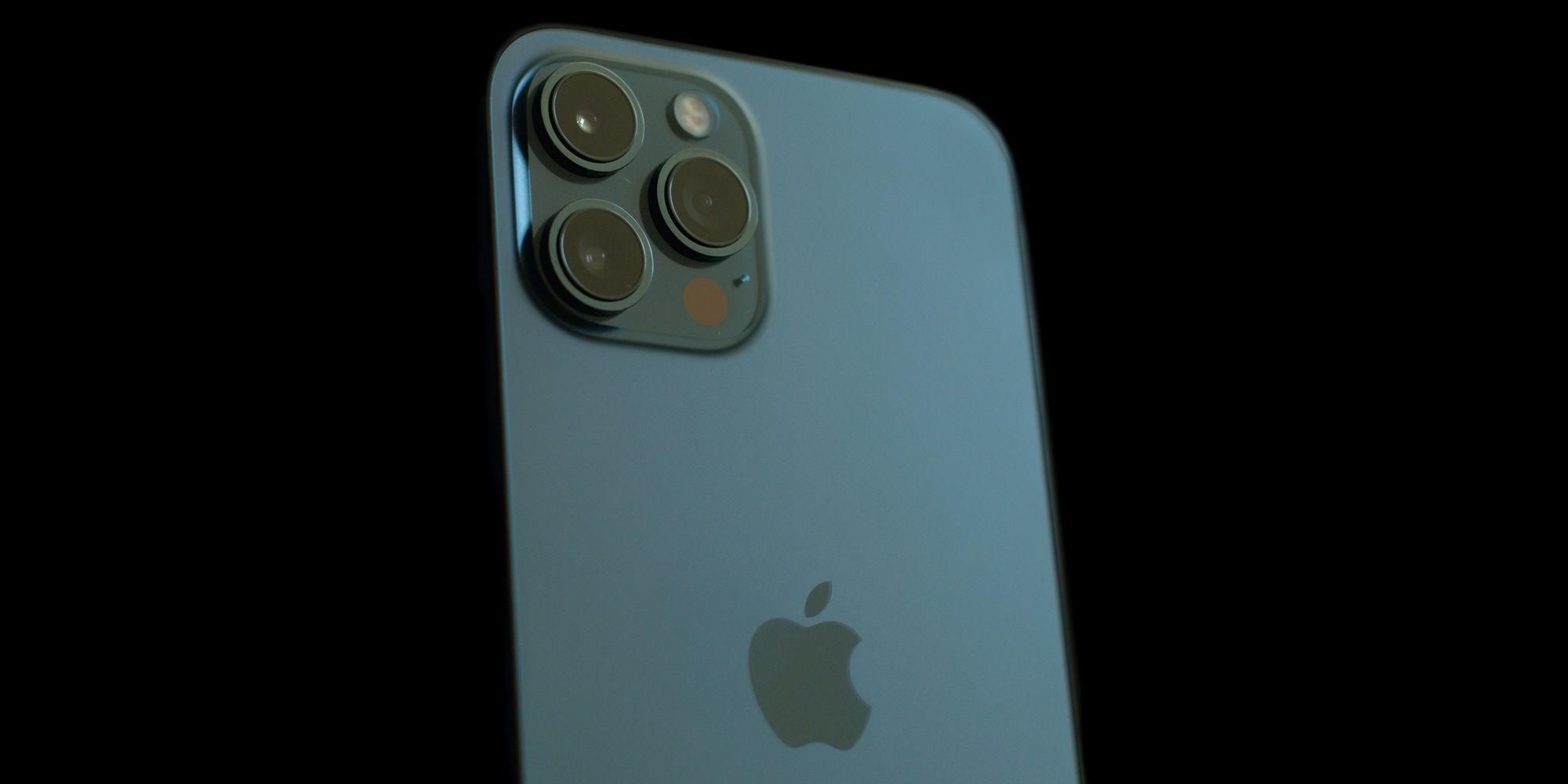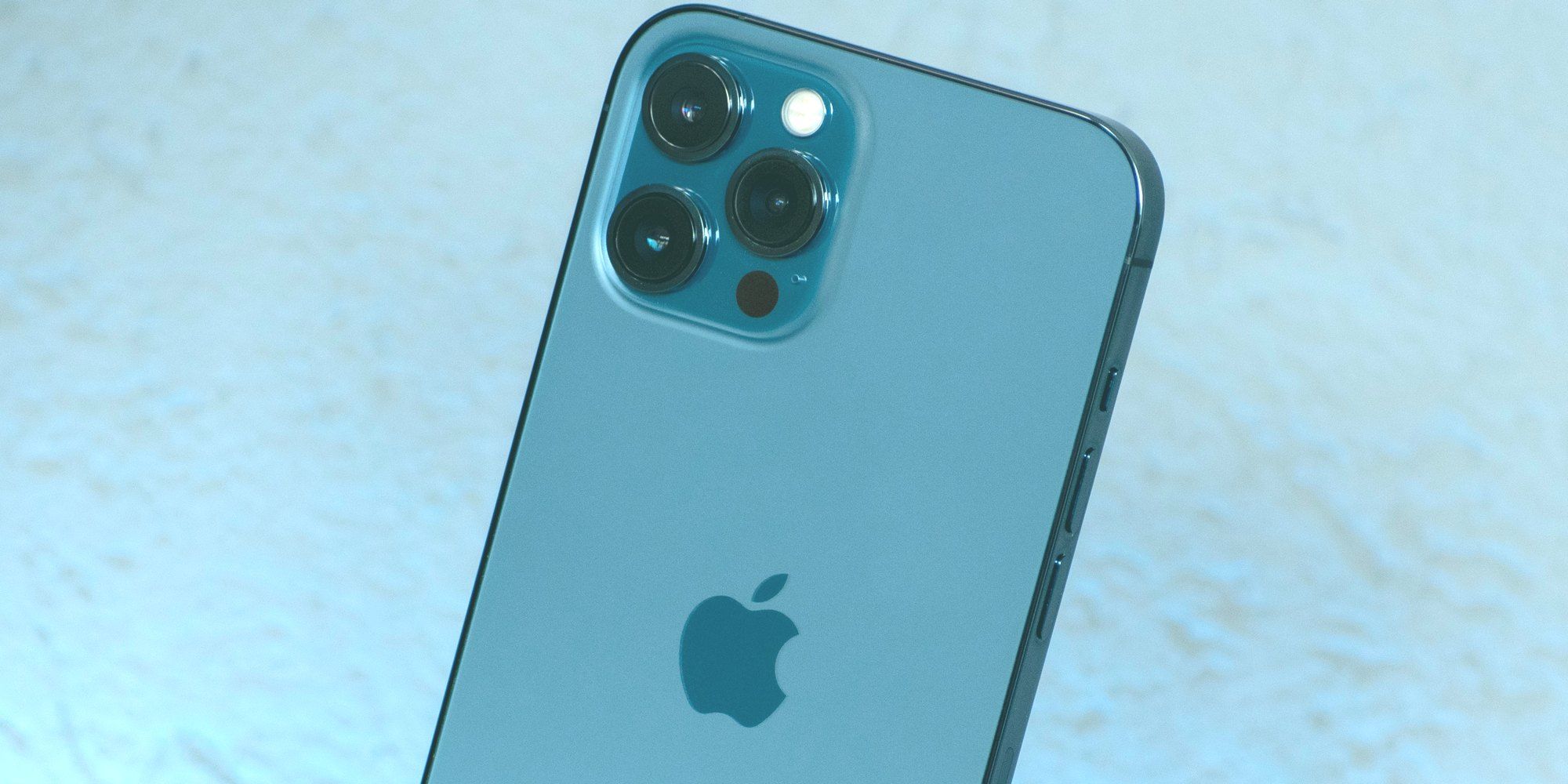Apple is reportedly ready to embrace bigger camera sensors with the iPhone 14 Pro next year, making a huge jump from 12-megapixel to 48-megapixel cameras on its upcoming flagship phones. Apple has stuck to a trusty 12-megapixel camera on iPhone for some time now. Even as Apple went from a single rear camera setup to dual cameras on the back, and eventually to a triple-lens array, the company continued to focus on 12-megapixel solutions.
Limiting iPhone models to 12-megapixel cameras hasn't meant that they've lagged behind the competition. On the contrary, iPhones have continued to outpace Android smartphones with cameras as huge as 108-megapixel when it comes to raw photography chops. With video, Apple's phones have also trounced the competition with their Pro-grade videography tricks. Similar to Apple, Google continued with the same formula, refining its 12-megapixel main camera with each generation up until the Pixel 5. However, it appears that Apple is finally ready to now make a change.
According to Haitong International Securities analyst Jeff Pu (via MacRumors), the iPhone 14 Pro and its Max sibling will come equipped with a 48-megapixel main camera. It will be accompanied by a 12-megapixel telephoto zoom camera and another 12-megapixel snapper for ultra-wide photography. Pu doesn't delve further into finer sensor details, such as aperture, pixel size, and the kind of stabilization tech that Apple will pair it with. There is also no word on the make of the 48-megapixel sensor, but if the iPhone 13 lineup is anything to go by, Apple will probably go with Sony sensors once again.
Apple Is Finally Ready To Step Up
The 48-megapixel camera on the iPhone 14 Pro and 14 Pro Max will most likely rely on 4-in-1 pixel-binning. Essentially, this is where the sensor combines four adjacent pixels into a larger super-pixel that collects more light information, resulting in the final image turning out brighter and with more details preserved. Another advantage is that the image produced after pixel-binning will be one-fourth the size at 12-megapixels, which means the photos will take up less internal space. In comparison, the 108-megapixel camera on the Galaxy S21 Ultra performs 9-in-1 pixel binning, aka nona-binning, to produce final 12-megapixel shots.
TFI Securities analyst Ming-Chi Kuo, who maintains a fairly reliable track record with Apple-related news, also predicted a jump to 48-megapixel camera sensors with the iPhone 14 series. Kuo even mentioned support for 8K video capture and a dedicated 48-megapixel photo mode as well. In addition to the camera upgrade, Pu also notes a step up in the RAM capacity, predicting 8GB inside the iPhone 14 Pro models, up from the 6GB inside its predecessors. Lastly, Pu also mentions a series-wide 120Hz display upgrade for the iPhone 14 family, but that seems less likely to happen. Apple is also rumored to go with the hole-punch design for its next-generation of phones, ditching the wide-notch aesthetics that made its debut back in 2017 with the iPhone X.
Source: MacRumors


